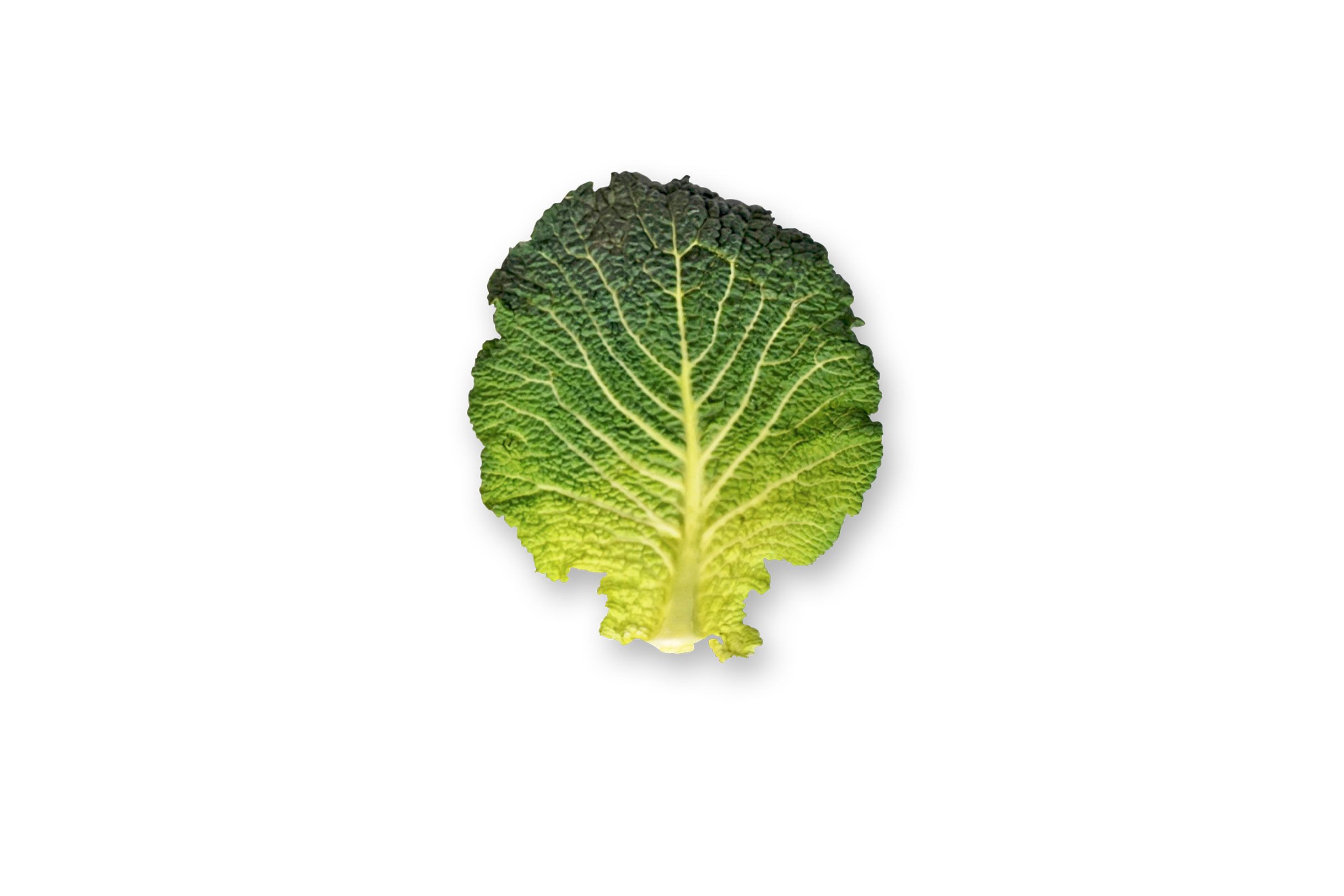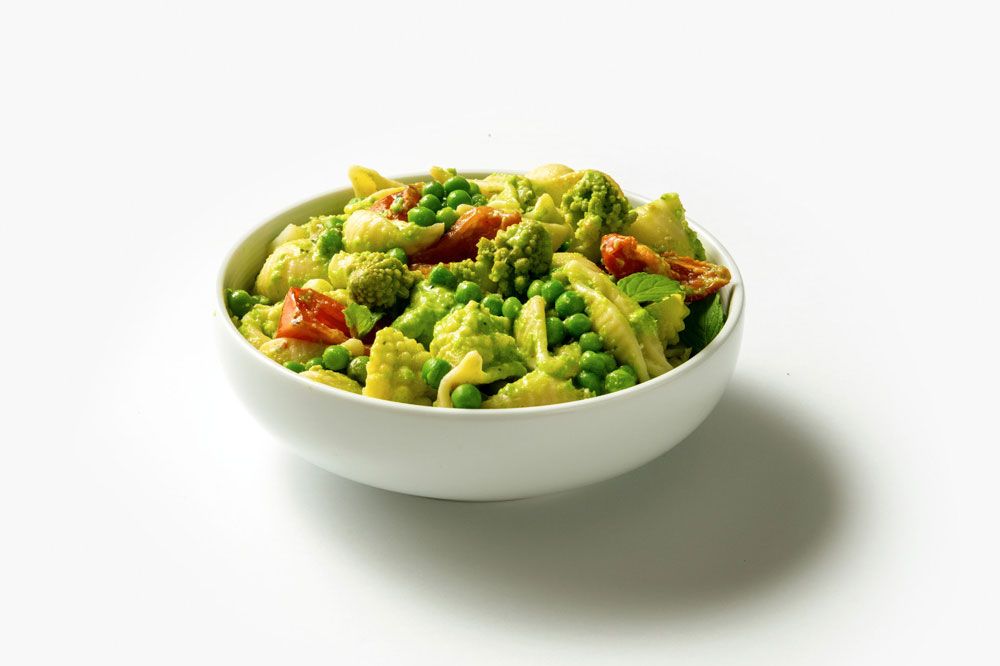Savoy Cabbage
Healthy and beautiful
Intro
Savoy cabbage is a very popular type of cabbage. It's also considered very aesthetic. The leaves are large and wavy, with an intricate design. Savoy cabbage used to be considered an ingredient for impoverished homes, but today it is widely popular due to its beautiful appearance and subtle taste.

What is savoy cabbage?
Savoy cabbage is a type of cabbage head. It appears in a variety of colours, ranging from yellow to dark green. Its closest relatives are white and red cabbage.

Where does savoy cabbage come from?
Savoy cabbage was defined under this name in the 16th century. This is attributed to its birthplace Savoyer – a region between southeastern France and northwestern Italy.
Which varieties are there?
Savoy cabbage is a fairly high maintenance vegetable. It is quite resource intensive and requires very fertile soil and a lot of water.
During development, the cabbage head becomes too heavy for the stalk to support it, so it continues to grow on top of or embedded in the soil.
When is savoy cabbage in season?
Savoy cabbage is a pretty durable vegetable that doesn’t require much sun exposure, making it readily available for most of the year.
Our tips for how to prepare savoy cabbage:
Savoy cabbage is extremely versatile and is a great ingredient to add to a soup, casserole or simply a bowl! As a general rule of thumb, adding savoy cabbage to any dish will make it more nutritious, due to the valuable vitamins and minerals found in it. To protect these nutrients, one of the best ways to prepare savoy cabbage is to steam it.
Savoy cabbage nutrition facts per 100g:
| Typical Values | 100g |
|---|---|
| Calories | 27 |
| Fat | 0.1g |
| Carbohydrates | 6g |
| Fibre | 3.1g |
| Sugar | 2.3g |
| Protein | 3g |
Nutrients found in savoy cabbage:
Vitamins:
Vitamin K, Vitamin A, Vitamin C and Vitamin B6
Minerals:
Thiamine, Calcium, Phosphorus, Copper, Folate, Magnesium and Potassium

